The 10 Creative Content Creation Tools Your Small Business Needs
Your business is wasting money on software.
There. I said it.
You’re likely paying for at least one subscription you logged into twice last year. A fancy, feature-packed tool that some guru promised would solve all your content problems. Yet here you are. The content isn't getting made, or it isn't getting results.
The internet is awash with “Top 10” lists just thinly veiled affiliate promotions. They push the most expensive, complicated software because it pays them the best commission. This isn't one of those lists.
This is a brutally honest guide to the creative content creation tools you need as an entrepreneur or small business owner. It’s about saving you money and time and the headache of facing a complex tool that makes you want to give up before you start.
- Creative tools should solve specific content jobs, not complicate your process.
- Focus on simplicity and effectiveness, using free tools before considering paid options.
- All-in-one solutions often lack effectiveness; choose best-in-class tools instead.
- Your strategy and message matter more than the tools you use for content creation.
The Big Lie Everyone Believes About Content Tools
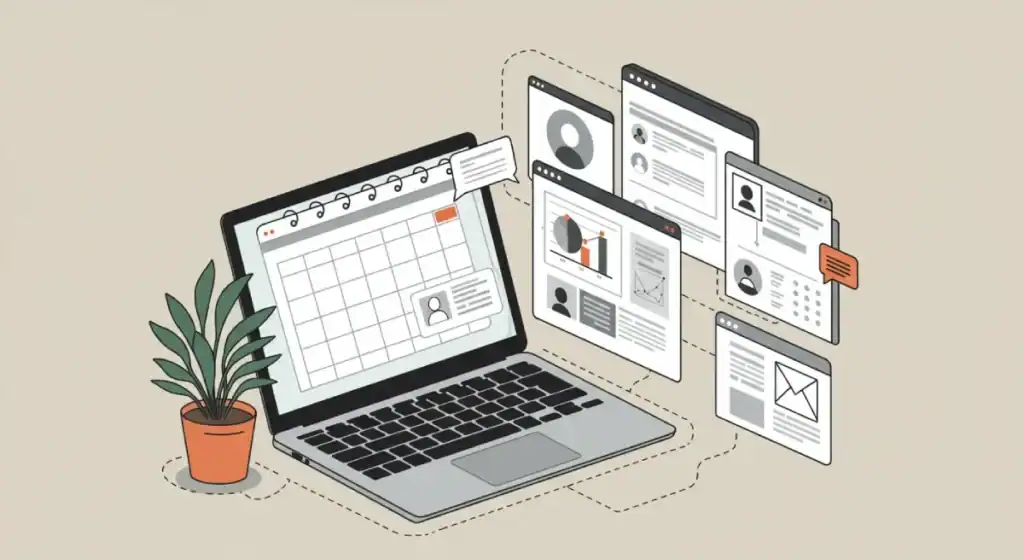
The biggest lie in the creative industry is that you need “professional” tools to get professional results. It’s nonsense. Handing a £500 hammer to someone who can't hit a nail straight doesn't build a better house. It just makes a more expensive hole in the wall.
The tool doesn't make the creator. The idea makes the creator.
I once worked with a company paying a small fortune for their entire marketing team's full Adobe Creative Cloud licence. Their output? Shockingly bad.
We’re talking stretched logos, illegible text, and colour combinations that would make your eyes bleed. They had the best tools money could buy, but no strategy, taste, or clue.
A great idea, executed simply in a free tool, will beat a mediocre idea, polished to a shine in an expensive one every day of the week. Forget the software fetish. Focus on the message.
[lasso look=”box” asin=”1952654904″ classname=”lasso-ll-do-not-delete-68312″ box=”1952654904″ link_id=”68312″ ref=”amzn-create-dont-capture-how-to-be-an-influential-creator-and-make-millions-from-your-message” id=”312317″]What Job do you need a Tool For?
Stop shopping for software. Start shopping for solutions.
Before downloading an app or starting a free trial, you must ask: “What is the specific job I need this tool to do?”
Most of the time, it boils down to one of four things:
- Making Graphics: Creating visuals for social media, blog posts, or ads.
- Making Videos: Editing footage, adding text, and telling a story with motion.
- Writing Words: Getting ideas out of your head and onto the page, clearly and correctly.
- Staying Organised: Keeping the above from collapsing into a chaotic mess.
That's it. You're not a Hollywood studio or a global ad agency. You're a business that needs to communicate effectively. Let's look at the best tools for those specific jobs.
The Graphics Workhorses: For When You Aren't a Designer
You don't need to be a designer to create good graphics. You just need to be consistent. These tools help you do exactly that.
1. Canva: The Undisputed Champion of ‘Good Enough'

Let's address the elephant in the room. Professional designers often look down on Canva. That's their problem, not yours.
For a small business owner, Canva is a revelation. It’s built for speed. It’s built for non-designers. It allows you to create consistent, on-brand assets without a four-year design degree.
Is it the tool you’d use to design a master brand identity from scratch? No. But is it the tool you'll use daily to execute that brand identity across dozens of social posts, stories, and thumbnails? Absolutely.
Key Insight: If you're using Canva for your business, paying for the Pro version is a no-brainer for one reason: the Brand Kit. You can lock in your brand's colours, fonts, and logos. This single feature prevents you and your team from creating ugly, off-brand rubbish and ensures every piece of content looks like it came from the same company.
2. Adobe Express: The Contender That's Catching Up Fast
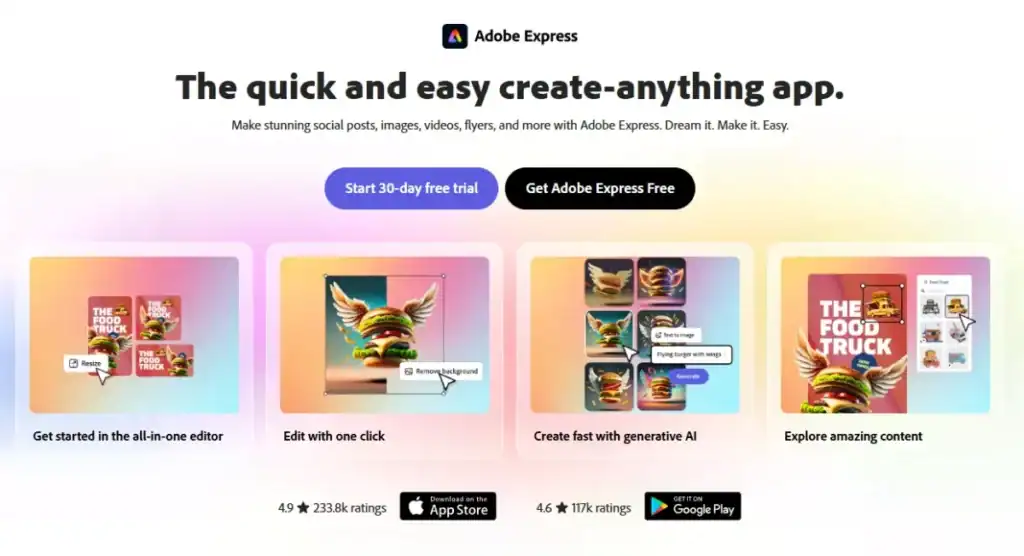
For years, Adobe ignored the rise of Canva. They're fighting back with Adobe Express, and it's getting very good. It works on the same principle as Canva—template-based design for the masses—but it has a few advantages, particularly if you're already in the Adobe world.
Integrating Adobe Fonts (a vast library of high-quality typefaces) and Adobe Stock is much smoother than Canva's offerings. The AI features, powered by their Firefly model, are also impressive for generating images and text effects.
If you're starting from scratch, it's worth comparing the two. If you find Canva too simplistic, Express is the step up you need without jumping into the complexity of Photoshop.
3. Figma: The Pro's Tool You Can Use for Free
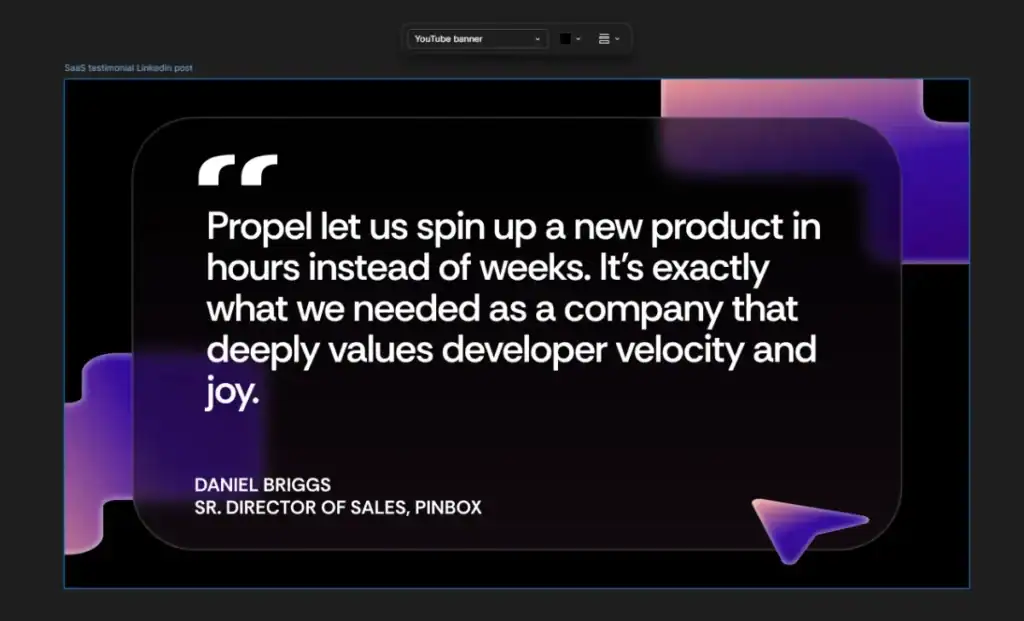
This is a strange recommendation. Isn't Figma a complex tool for designing apps and websites? Yes. But it's also one of the most powerful and precise tools for creating social media graphics, and its free tier is incredibly generous.
Forget the complex prototyping features. Think of Figma as a digital whiteboard with superpowers. You can create pixel-perfect, reusable templates for your Instagram posts, YouTube thumbnails, or ad creatives.
The control you have over elements is leagues ahead of Canva. There's a steeper learning curve, for sure, but if you spend a couple of hours learning the basics, you can build a content creation system that is both professional and completely free.
Video Editors That Won't Make You Want to Quit
Video is non-negotiable for most businesses. But the thought of video editing software—with its confusing timelines and endless buttons—is enough to cause a cold sweat. It doesn't have to be this way.
First, a quick word on your phone…
Your smartphone is a 4K video camera. It's built-in editing app (like iMovie on iPhone) can handle basic cuts, trims, and text overlays. For a quick social media story or a simple testimonial, it's often all you need. Don't underestimate the power of the tool already in your pocket.
4. CapCut: The ‘Secret Weapon' Hiding in Plain Sight
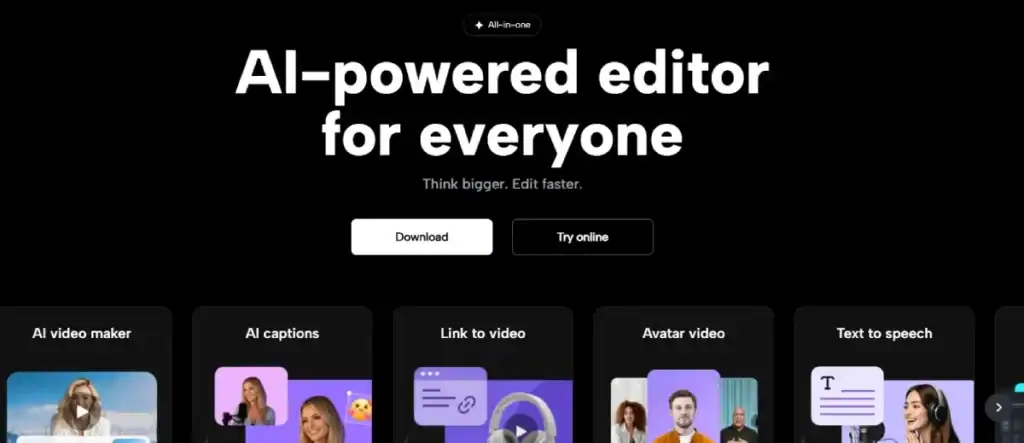
You make a massive mistake if you dismiss CapCut as a TikTok tool. It started on mobile but now has a desktop version that is shockingly powerful, fast, and—most importantly—free.
Its killer feature is the auto-captioning. It transcribes your video's audio and turns it into animated, editable captions with stunning accuracy. This feature alone costs a fortune in other apps.
The timeline is intuitive, packed with trending effects and sounds (if that's your thing), and it exports high-quality video without a watermark.
I see viral videos with millions of views that were edited on CapCut. It proves you don't need expensive gear to make an impact.
5. Descript: Edit Video Like a Word Document

Descript is revolutionary. It’s a video and audio editor that works like a word processor. You upload your file, it gets transcribed, and then you edit the video by editing the text.
Want to remove a section? Just delete the words. Want to move a sentence? Cut and paste the text. It's that simple.
With a single click, it can automatically remove all your “ums,” “ahs,” and filler words. Its “Studio Sound” feature can make audio recorded in a noisy room sound like it was done in a professional studio.
For anyone creating podcasts or talking-head videos, Descript will change your life and save you countless hours.
6. DaVinci Resolve: The Only ‘Pro' Tool on This List

I'm including one, and only one, truly “professional” tool on this list, for a particular reason. The free version of DaVinci Resolve is better than the paid versions of many other popular editors, including Adobe Premiere Pro, for most tasks.
It's the industry standard for colour grading, so your footage can look truly cinematic. The editing, audio, and effects suites are all top-tier. So what's the catch? It's complex.
It looks like the flight deck of an aeroplane. This is not a tool for the casual user. This is the tool you graduate to when you've hit the limits of everything else and have the time and dedication to learn a serious piece of software.
You can get a world-class editor for precisely £0 if you're that person.
The Brain Extenders: Writing, Ideas, and AI Co-Pilots
Great content starts with a great idea. These tools help you find that idea and express it clearly.
7. ChatGPT & Claude: Your New Brainstorming Partner
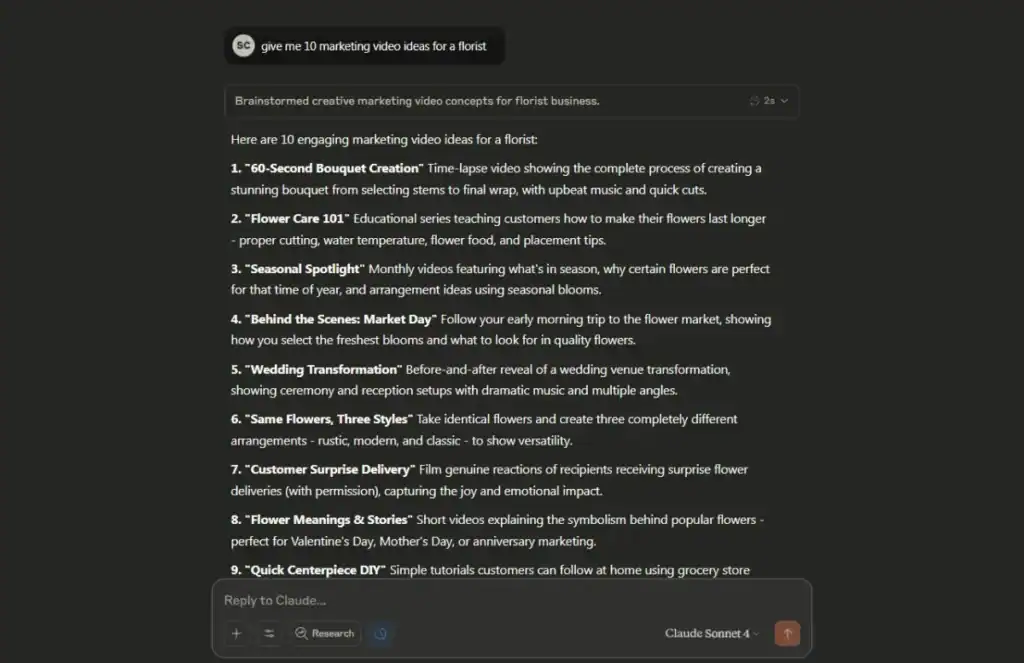
Here's my pet peeve with AI: people use it to be lazy. They ask it to “write a blog post about X” and then copy and paste the soulless, robotic output. Your audience can spot that a mile away.
That's the wrong way to use AI.
Think of ChatGPT or Claude as an infinitely patient, incredibly knowledgeable brainstorming partner. Use it as a springboard, not a crutch.
Straight Talk: Feed it your rough ideas and ask for five different angles. Give it a chunk of text and ask it to find the jargon. Ask it for 50 headline variations. Use it to create a detailed outline before you write a single word. It’s an incredible tool for overcoming writer's block and refining your thinking, but the final words must come from you.
8. Grammarly & Hemingway: Your Digital Proofreaders
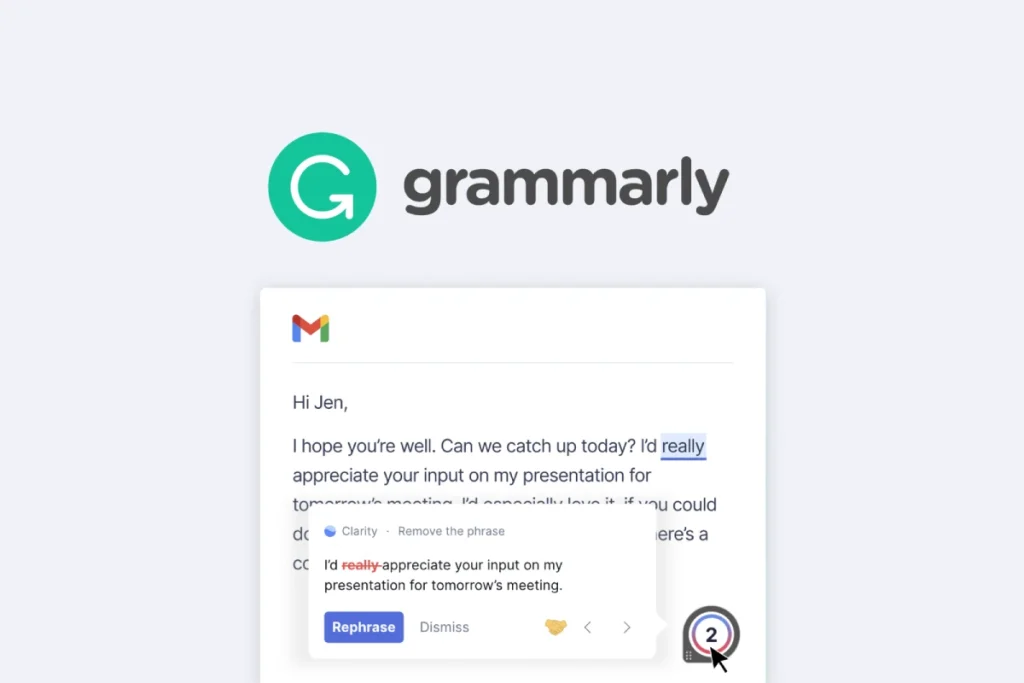
Once your ideas are on the page, you must clarify them.
- Grammarly is your first line of defence. It catches spelling mistakes, punctuation errors, and grammatical blunders. The paid version offers more stylistic suggestions, but the free version is essential for catching embarrassing typos.
- The Hemingway App is about clarity. It highlights long, complex sentences, passive voice, and unnecessary adverbs. It forces you to write with punch and directness. It suggests aiming for the “Grade 8” reading level. Your audience will thank you.
The Sanity Savers: Keeping Your Content Engine From Imploding
Ideas are useless if they're stuck on a forgotten napkin. A content strategy is just a dream without a system to execute it.
9. Notion: The ‘Build-Your-Own' Content Hub
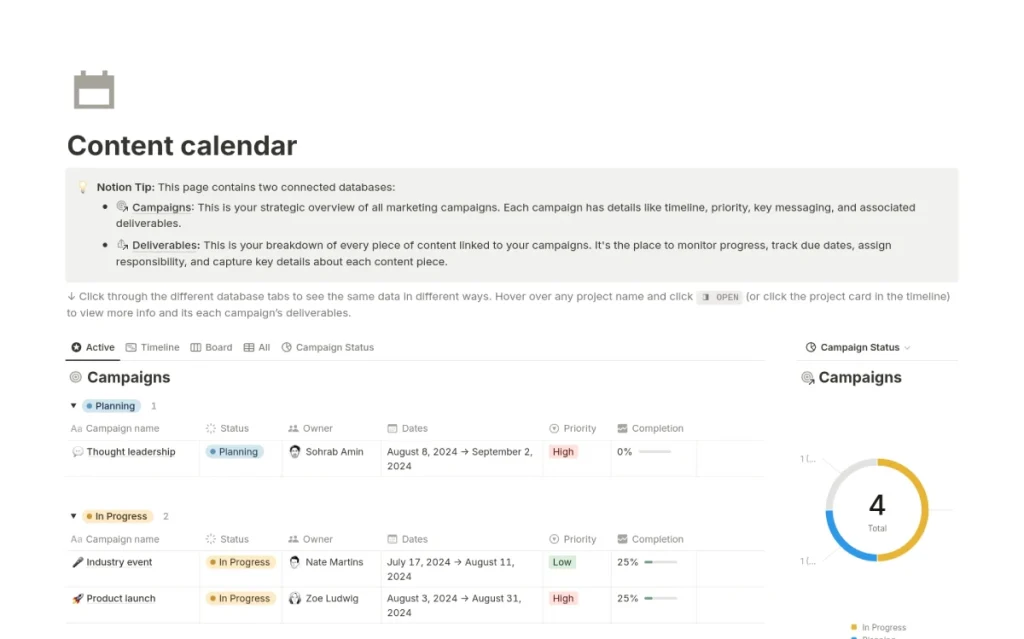
Notion is like digital Lego. You can build anything with it: a content calendar, a database of ideas, a script repository, a brand asset manager, a project tracker. Its flexibility is its greatest strength.
That flexibility is also its greatest weakness. It's easy to fall into the “productivity theatre” trap—spending weeks building the “perfect” system instead of creating content. My advice? Start with a free template from another creator and adapt it. Don't build from scratch unless you have to.
10. Trello: The Simple Visual Organiser

If Notion feels like too much, Trello is the answer. It’s a simple Kanban board—a set of lists with cards you move between. The classic setup is “Ideas > To Do > In Progress > Published.”
It’s visual, it’s satisfying, and it’s almost impossible to over-complicate. Tracking the workflow of your content pieces from concept to completion is often all you need.
The Dangerous Myth of the ‘All-in-One' Platform
You'll see ads for them constantly. Platforms that promise to be your all-in-one content solution: graphic design, video editing, social media scheduling, email marketing, analytics, the lot.
Here's the problem: they are almost always a master of none.
The graphics tool is clunky, the video editor is basic, and the scheduler is unreliable. You end up compromising at every stage. You are better off choosing a few best-in-class tools that do one thing exceptionally well and connecting them. A specialist will consistently outperform a generalist.
How to Choose Your Toolkit: A 3-Step Reality Check
Feeling overwhelmed again? Don't be. Choosing the right stack is simple if you are honest with yourself. Before you sign up for anything, run through this checklist.
- Budget: What is your realistic, sustainable, long-term budget? Not what you could spend, but what you should pay. If the answer is zero, great. This list has enough powerful free tools to build a content empire.
- Time: How much time do you have to learn a new tool? Don't say “I'll find the time.” Look at your calendar for next week. Don't download it if you don't have 5-10 hours to dedicate to learning a complex tool like DaVinci Resolve. Choose CapCut instead.
- Output: What do you need to create this week? Not your grand vision for a cinematic brand documentary. What social post, blog graphic, or short video must you get out the door by Friday? Choose the tool that gets you to that specific outcome the fastest.
Getting this right is fundamental to an effective content strategy. If your team is stuck fighting with the wrong tools, you're not just wasting money on subscriptions but losing ground to competitors. Streamlining this is a core part of our work for businesses in our digital marketing services.
Your Creative Content Creation Tools Don't Define You
Here's the ultimate truth. The tools don't matter that much.
Your message matters. Your consistency matters—your understanding of your audience matters.
Stop procrastinating by researching another hundred tools. Stop thinking that more subscriptions are the key to unlocking your brand's potential. It isn’t.
Pick a handful of tools from this list. The simplest ones you can get away with. And get to work.
Start creating. Start publishing. Start learning. That's the secret. The rest is just noise.
Frequently Asked Questions
Do I need to pay for content creation tools when starting?
No. You can build a very effective content strategy using only the free tiers of the tools listed above. Start with free versions of Canva, CapCut, Figma, and Trello. Only upgrade when you consistently hit a feature paywall that is slowing you down.
What's small businesses' biggest mistake with content creation tools?
Paying for complexity they don't need. The most common is buying an Adobe Creative Cloud subscription “just in case” they need Photoshop, when 99% of their daily tasks could be done faster and more easily in Canva or Adobe Express.
Is Canva better than Adobe Express?
It depends. Canva has a larger library of third-party templates and a slightly more intuitive interface for absolute beginners. Adobe Express integrates better with Adobe's professional fonts and stock photo library, and its AI features are powerful. Try both and see which one clicks for you.
Can I edit high-quality videos on CapCut?
Yes. CapCut can export in 4K resolution, and its core editing features are surprisingly robust. It is more than powerful enough for social media content, talking-head videos, and most marketing materials.
What is the point of using Figma if I already have Canva?
Control and precision. In Canva, you're often locked into the way a template works. In Figma, you have pixel-perfect control over every element. It's better for creating reusable, locked-down brand templates that you or a virtual assistant can use without accidentally breaking the design.
When should I consider moving from a free tool to a paid one?
When the free tool is actively costing you time. For example, if you spend 15 minutes daily removing the background from images manually, paying for Canva Pro to get the one-click background remover is a wise investment.
How can AI help me with content ideas?
Use it as a brainstorming partner. Feed it your topic and ask for “five controversial opinions,” “ten surprising statistics,” or “three common myths.” Use it to generate outlines, not final copy.
Do I need a project management tool like Notion or Trello?
At the start, a simple spreadsheet might be enough. However, a dedicated tool becomes essential for planning content more than a week in advance or working with another person. It turns a messy pile of ideas into an actionable plan.
What's more important: my camera's quality or audio?
Audio. If the audio is crisp and clear, people will forgive a slightly grainy video. They immediately click away from a beautiful 4K video if the audio is muffled, echoey, or hard to understand.
How many tools do I need?
Aim for one primary tool for each job: one for graphics (e.g., Canva), one for video (e.g., CapCut), and one for organisation (e.g., Trello). That's a powerful and affordable stack for any small business.
Ready to Stop Guessing?
Choosing tools is one thing. Building a content strategy that drives business growth is another. If you’re ready to move beyond the software and focus on the results, our team can help. We live and breathe this stuff.
Explore our Digital Marketing Services to see how we build brands, or if you know what you need, request a quote today.


